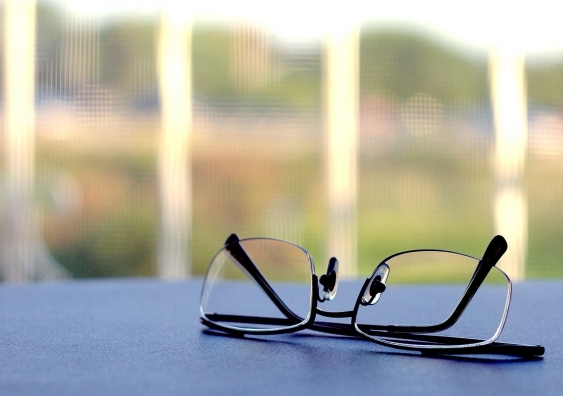Nearly 5 billion people to be short sighted by 2050
Half the world’s population will be myopic by the middle of the century, with up to one-fifth of them – about 1 billion people – at a significantly increased risk of blindness, a UNSW-led study shows.


